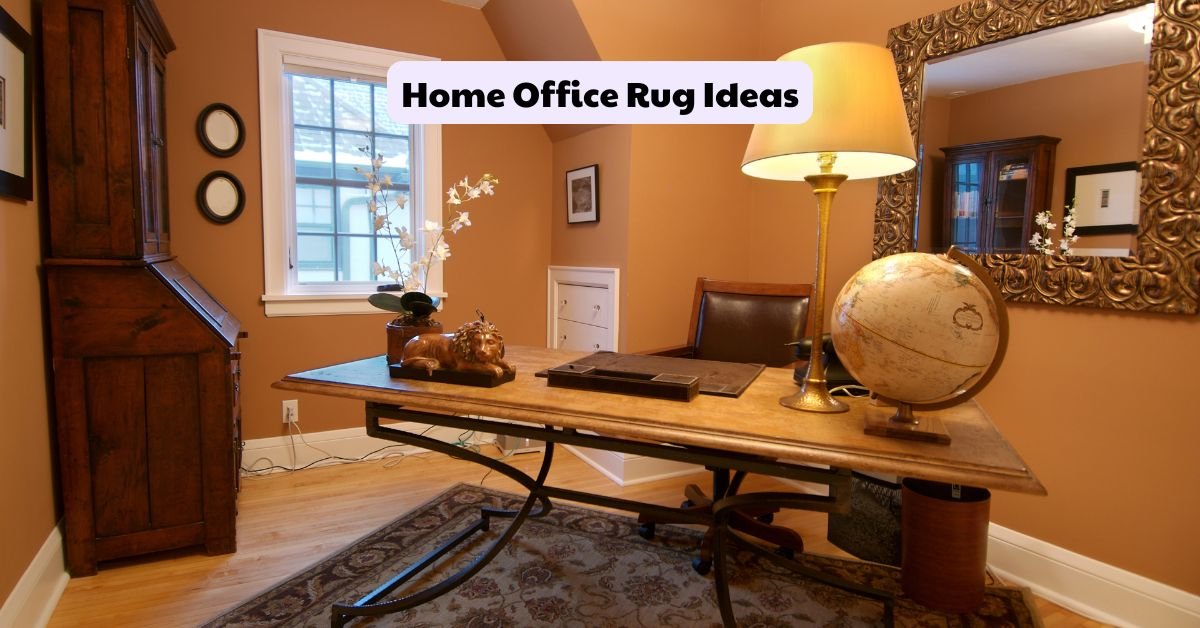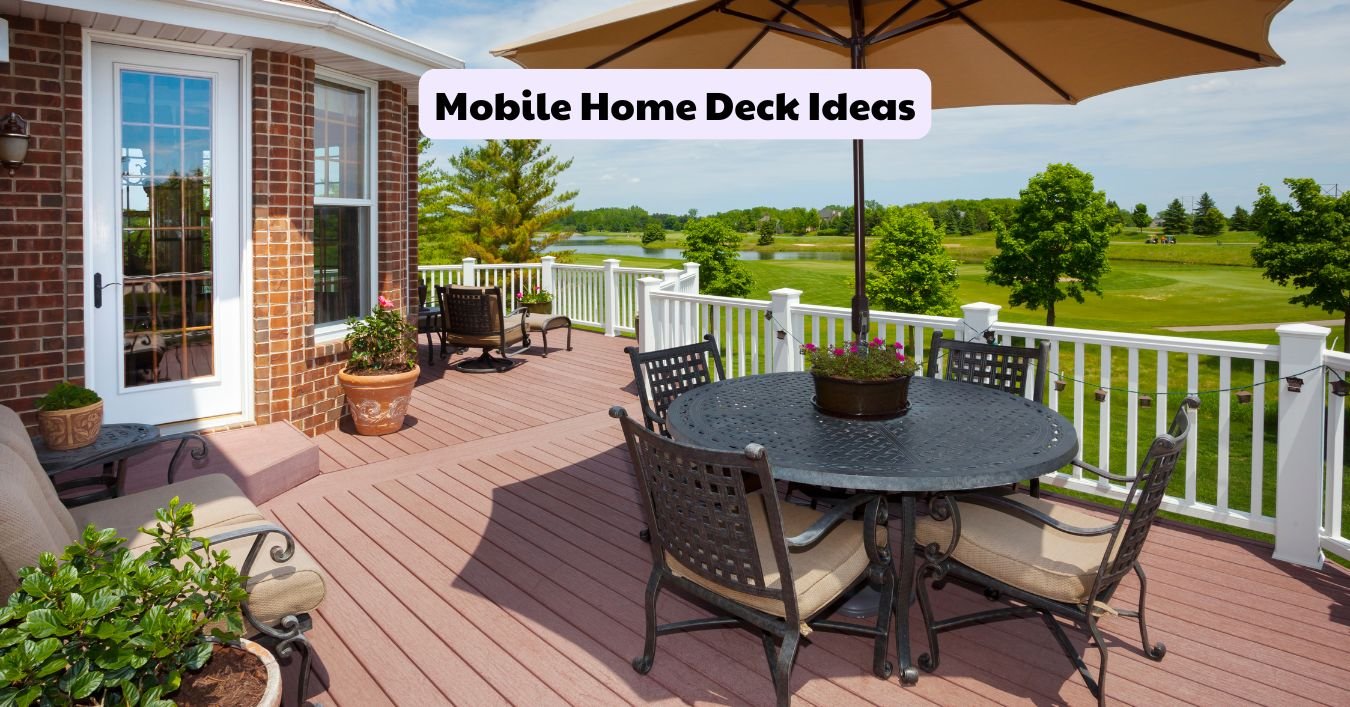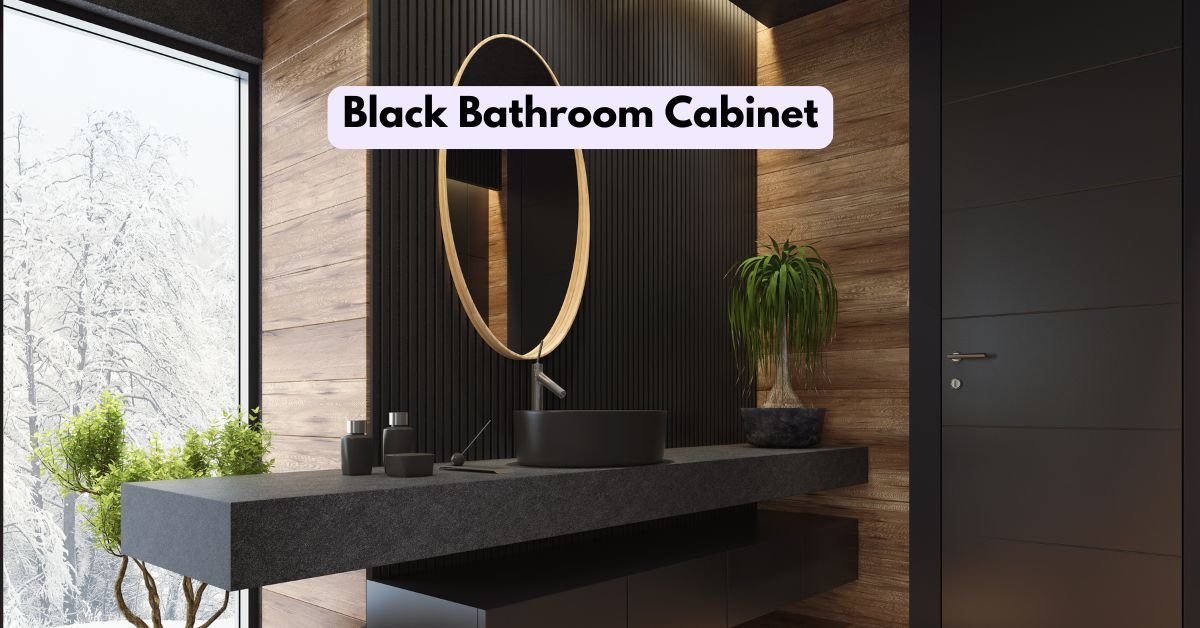Hidden Passageways in Houses – Secrets Behind Walls
Have you ever dreamed of having a secret room at home? Hidden passageways in houses have always fascinated us. They mix mystery, practicality, and clever design. From old mansions to new homes, these secret spots are becoming more popular.
Secret rooms can be used for safe storage or as private spots. They’re often hidden behind bookshelves, under stairs, or in normal-looking walls. Their charm comes from being unexpected and adding something special to a house.
Looking into hidden passageways reveals a deep history and new uses today. These secret features not only add value but also spark conversations. Whether you want more security, a quiet spot, or just something unique, secret rooms have lots to offer.
Key Takeaways – Hidden Passageways in Houses
Hidden passageways add mystery and functionality to homes
Secret rooms can serve as secure storage or private retreats
Concealed doors can be disguised in various creative ways
Hidden spaces have both historical significance and modern appeal
Installing secret rooms can increase property value and intrigue
The Allure of Secret Rooms in Modern Homes
Secret rooms have always fascinated us, mixing mystery with practical use. They still capture the interest of homeowners, architects, and design lovers. These hidden spots have evolved from old hideaways to modern retreats, fitting various needs in today’s homes.
Historical Significance of Hidden Spaces
For centuries, secret chambers were key in protecting treasures and keeping people safe. In hard times, they were safe havens for those in danger and kept valuable items. Now, people look to these past examples to make their secret spots.
Psychological Appeal of Concealed Areas
Secret rooms appeal to our deep need for privacy and control. They give us a feeling of safety and exclusivity, letting us step away from the world. They can be a personal library, a place for meditation, or a panic room, meeting our need for a private spot at home.
Pop Culture Influence on Secret Room Popularity
Books, movies, and TV shows have made hidden passageways in homes more popular. Classics and modern thrillers have sparked our interest in adding such features to our homes, leading to a big increase in the demand for secret rooms in home design.
Pop Culture Medium Notable Examples Impact on Home Design
Literature Nancy Drew series, Harry Potter Inspired hidden libraries and magical entrances.
Films Batman Panic Room Popularised high-tech hidden lairs and safe rooms
Television Downton Abbey Scooby-Doo Revived interest in historical hidden passages
Types of Hidden Passageways in Houses
Hidden passageways in houses add mystery and function. They come in various forms, each with its charm and purpose. Let’s look at some popular types of secret passages found in modern homes.
Bookcases are a classic way to hide secret rooms. A rotating bookshelf can open to reveal a hidden room. This is great for private study or in the library. For a modern touch, sliding walls blend into your home design, giving access to hidden passages.
Trap doors are another exciting option. They can be hidden on the flooring or staircases, leading to underground rooms or storage. Some choose secret panels in walls or fireplaces that swing open to show hidden spaces.
Type of Passage Common Location Primary Use
Rotating Bookcase Study or Library Private Office
Sliding Wall Living Room Entertainment Area
Trap Door Floor or Staircase Storage or Safe Room
Secret Panel Wall or Fireplace Hidden Passage
Panic rooms offer ultimate privacy in emergencies. These secure spaces have advanced security and comms tools. On the lighter side, hidden nooks in kids’ rooms add magic for play and imagination.
Architectural Considerations for Clandestine Spaces
Creating hidden passageways in houses requires careful planning and expertise. These secret spaces must also be safe and fit well with the house. Let’s look at the main things to consider when creating these hidden areas.
Structural Requirements
Hidden passageways must be strong to keep your home safe. You might need to strengthen walls and floors. It’s important to talk to a structural engineer to ensure your secret space is safe and doesn’t harm your home.
Building Code Compliance
Hidden passageways are exciting, but they must follow the rules. They must meet egress, fire safety, and ventilation standards. To follow these rules well, work with an architect who knows about secret rooms.
Integration with Existing Home Design
Making secret spaces blend in is an art. Think about these points when adding hidden passageways:
- Matching materials and finishes
- Disguising hinges and seams
- Using existing features
- Incorporating soundproofing techniques
- Design Element Concealment Technique
- Bookcases Pivot or slide mechanism
- Panelling Hidden push-latch system
- Staircases Removable treads or risers
- Flooring Concealed trap doors
By considering these architectural points, you can create hidden passageways that are interesting and useful, and they can add a bit of mystery to your home.
Popular Locations for Concealed Doors
Enigmatic homes often hide secret doors in unexpected spots. These hidden doors add mystery and intrigue. Let’s look at some top places for secret passages.
Bookshelves are a top pick for hiding doors. A bright bookcase can open to show a hidden room or path. This is perfect for libraries or studies, blending function with secrecy.
Staircases are also grand for secret doors. A fake step might open to reveal a secret spot, or a whole section of stairs could turn to show a hidden area below.
Wardrobes are ideal for hidden doors in bedrooms. A normal closet could hide a private room or safe space, which is especially useful in master suites for extra privacy.
For a bit of fun, think about a hidden door behind a fireplace mantel. This spot adds drama to your living area and gives access to a cosy place.
Location Advantages Considerations
Bookshelf Blends with decor, spacious Requires sturdy construction
Staircase Utilises unused space Complex installation
Wardrobe Natural privacy, convenient May reduce storage space
Fireplace Unique, unexpected Limited size, heat considerations
When designing your secret door, think about how people will move through the space. The secret door should improve your home without getting in the way of daily life. With the right design, these hidden spots can make your home truly special and mysterious.
Mechanisms and Technologies for Hidden Entrances
Hidden passageways in houses have grown from basic secret doors to advanced systems. Today, they blend well with home decor and provide top-notch security and ease.
Traditional Mechanical Systems
Old-school hidden entrances often feature pivot hinges or sliding parts. Bookshelves that open or fireplaces that turn are favourites. These systems need balanced weights and precise engineering to work well.
Modern Electronic Solutions
Now, hidden passageways use the latest tech. Fingerprint scanners, facial recognition, and voice commands boost security. Some use hydraulics or pneumatics for quiet operation, keeping your secret room hidden.
Smart Home Integration for Secret Passages
Smart home tech has changed secret chambers. You can now open your hidden entrance with a smartphone app or link it with your home automation. This lets you monitor and control your secret space from afar.
Mechanism Type Features Security Level
Mechanical Simple, reliable, no power needed Basic
Electronic Advanced access control, silent operation, High
Smart Home Remote access, integration with other systems Very High
Choosing the proper mechanism for your hidden passageway depends on your needs, budget, and how advanced you want it to be. From essential mechanical solutions to top intelligent systems, there’s an option for every secret room dream.
DIY vs Professional Installation of Secret Rooms
Creating hidden passageways in houses can be a thrilling project. You can either do it yourself or hire experts. Let’s look at both options to help you decide.
Doing it yourself can give you an incredible feeling of achievement and might save you money. If you’re good with tools and know some carpentry, you might want to try this. It lets you make the secret room just how you want it.
On the other hand, hiring professionals means getting expert work and making sure it follows the rules. They know how to make secret rooms that fit well with your home and use advanced methods to open secret spaces.
Aspect DIY Professional
Cost Lower initial investment Higher upfront cost
Time Longer project duration Quicker completion
Quality Varies with skill levels Consistently high
Complexity Limited to simpler designs Can handle intricate systems
Think about your budget, skills, and what you want for your hidden passageway. You might do simple things like bookcase doors or basic panels yourself. But for complex secret rooms or particular systems, it’s better to get professionals.
Legal and Safety Considerations for Hidden Passageways
Exploring home mysteries and architectural enigmas means examining hidden passageways’ legal and safety aspects. These secret spots must follow the law to keep your home safe and your legal rights intact.
Building Permits and Regulations
Before starting your secret room, check the local building codes. Many places need permits for changes, even if they’re hidden. Talk to a licensed architect or contractor who knows about home mysteries to help you.
Fire Safety and Emergency Access
Hidden rooms can’t block fire safety. Make sure they have good ventilation and emergency exits. Use fire-safe materials, and consider installing smoke detectors inside.
Insurance Implications
Tell your insurance company about your hidden passageway. Not telling them could cancel your policy. Some insurers might ask for extra coverage for these special features.
Consideration Action Required
Building Permits: Obtain necessary permits before construction
Fire Safety: Install smoke detectors and use fire-resistant materials
Emergency Access: Ensure alternative exits are available
Insurance – Disclose hidden rooms to your provider
By considering these legal and safety points, you can have fun with your home’s secrets without risking safety or the law. The aim is to create a place that’s mysterious yet safe and follows the rules.
Maintaining and Securing Your Covert Chamber
Keeping your secret rooms in top shape requires regular upkeep and strong security measures. By doing a few important things, you can ensure your hidden spots stay secret and work well for a long time.
Begin by checking your hidden passageways every three months. Make sure hinges and moving parts are well-lubricated to avoid noise or getting stuck. Look for any damage on carpets or wallpaper that could show where the secret doors are.
Security is critical for secret rooms. Set up a silent alarm that only you hear when someone enters the room. For extra safety, consider using biometric locks. Always change the codes and keep the secret of your hidden space to just a few people.
Clean air vents to keep air flowing well
Test emergency lights and comms every month
Move stored items to stop moisture from building up
Do yearly checks to make sure walls are strong
For those who like technology, adding smart home features can make your secret space safer and more functional. Use motion sensors, temperature controls, and remote checks to manage your hidden area quietly from anywhere.
“A well-maintained secret room is like a silent guardian, always ready but never seen.”
By spending time on upkeep and security, your secret chamber will stay a safe, sound, and genuinely secret part of your home for many years.
The Cost of Installing Hidden Passageways in Houses
Adding hidden passageways to your home makes it a secret place. The cost can vary greatly, depending on several factors. We’ll look into how much it might cost to create these secret areas.
Factors Affecting Price
The cost of hidden passageways depends on their complexity, the materials used, and the work needed. A basic bookshelf door might cost about £1,000, but a complex system could cost over £50,000. The size, the type of mechanism, and how it fits with your home also affect the price.
Factor Impact on Cost
Size Larger passages cost more
Mechanism Advanced systems increase the price
Materials High-end materials raise costs
Integration Complex integration is pricier
Budget-Friendly Options
If you’re watching your spending, you can still add hidden passageways yourself. You can find hidden door kits for about £500. Using furniture you already have, or simple mechanisms can also save money.
Luxury Secret Room Features
Hidden passageways can have top-notch features for those who want the best. Things like biometric security, climate control, and custom furniture can make a secret room luxurious. These extras can raise the cost to thousands, creating a unique and mysterious home.
Real-Life Examples of Enigmatic Abodes
Hidden passageways in houses have always sparked our curiosity. The Corpsewood Manor in Georgia is a great example. Built in the 1970s, it had secret rooms and passages, making it very mysterious.
In England, Harvington Hall has seven priest holes. These were hidden spots for Catholic clergy during hard times. They show how secret rooms have a deep history.
Even modern homes have these secrets. A mansion in Silicon Valley has a hidden wine cellar behind a bookcase. It shows how today’s homes mix luxury with secrecy.
People who have secret passageways feel special and excited. These hidden spots can be safe rooms or private studies. As more people want these secrets, they find joy in their mysterious homes.







